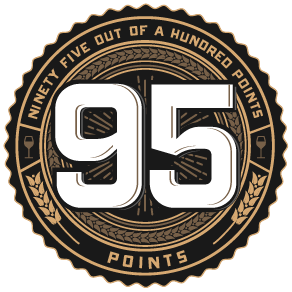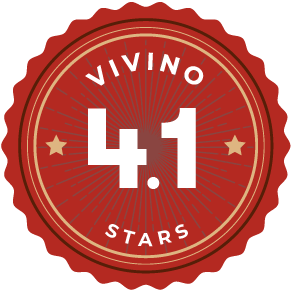

French Premier Cru Champagne
at an UNBEATABLE price





Sold out!
crisp, fine
Champagne
Nicolas Maillart Brut Platine 1er Cru NV
$79.99
$120
$479.94 / 6PK
Or 4 payments of $119.99 with our buy now pay later providers.
To learn more, click on any of the providers below.
We genuinely never get sick of these wines. We know, it’s hard not to get excited about Champagne- but this one is extra special. Year on year, no matter the weather, we’re drinking Nicolas Maillart.
$479.94 / 6PK
Or 4 payments of $119.99 with our buy now pay later providers.
To learn more, click on any of the providers below.
Why do we love this wine?
The family have been growing vines in Montagne de Reims for nearly 300 years, now into their 9th generation with Nicolas at the helm. The grower Champagne revolution has meant families like the Maillarts could hone their centuries of experience, producing outstanding terroir driven styles. The family philosophy of biodiversity and minimal input vineyard practices continues today- seriously, you can’t be in the game this long without a sustainable outlook on viticulture. You can expect a good drive of that brioche, biscuity character, along with crisp apple, blossom, and honeyed characters. You can just tell that there has been so much love and care that has gone into this glass.If you want to be a hero at your next dinner party, get your hands on this one mofo.]
Awards





Tasting Notes
Reviews
Tell me what you really think.
Wine nerd stuff
It's cool, we get it, you want to know absolutely everything about this wine. Well here you go, go nuts.
Vintage
NV
Region
Champagne
Cellaring
2026
Preservatives
None
Alc. by volume
12.5%
Closure
Cork
Bottle volume
Standard 750ml
Blend info
66% Pinot Noir, 18% Chardonnay, 16% Pinot Meunier
